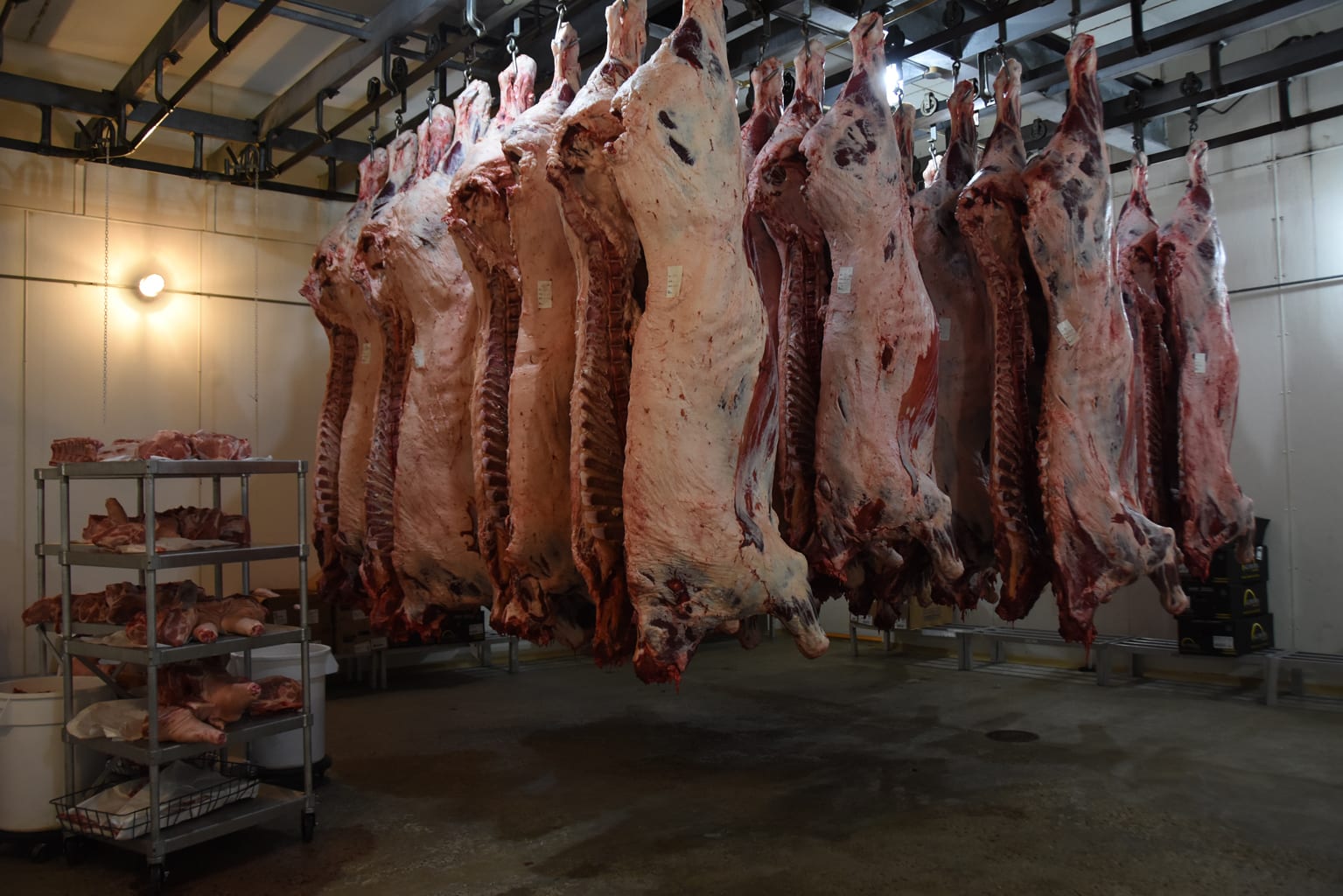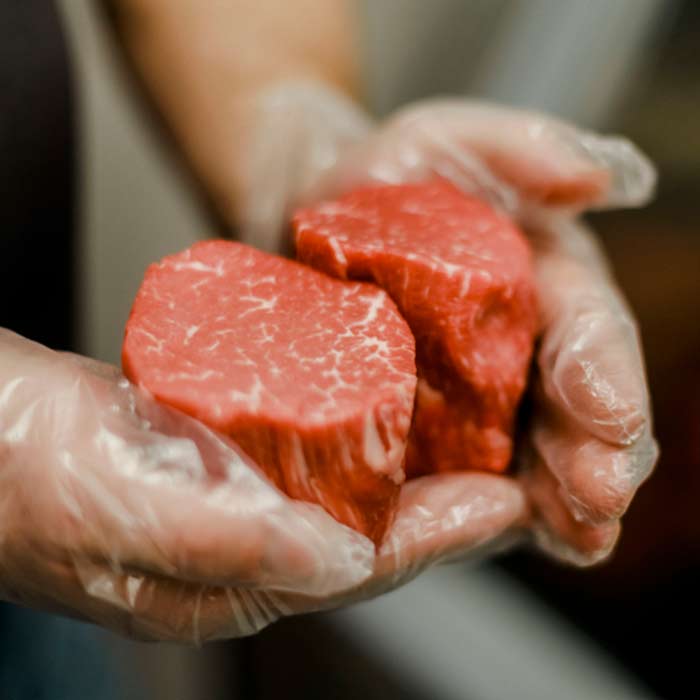Stop by Bagley Meat Market Edwardsville IL for custom cuts and high-quality meats.
Stop by Bagley Meat Market Edwardsville IL for custom cuts and high-quality meats.
Blog Article
Exactly How to Choose the Perfect Cut of Meat From a Trusted Meat Market
Picking the perfect cut of meat from a trusted meat market needs a thoughtful technique that stabilizes high quality, culinary purpose, and budget. Comprehending the different kinds of meat and their respective cuts is necessary, as is involving with your butcher to acquire understandings into sourcing and preparation.
Recognizing Meat Cuts


For example, the tenderloin is prized for its buttery appearance and very little connective tissue, making it ideal for fast cooking approaches such as barbecuing or pan-searing. In contrast, tougher cuts like the brisket or shank gain from sluggish cooking methods to break down collagen, generating abundant and delicious results.
In addition, the fat material of a cut plays an important function in flavor account and wetness retention during food preparation. Cuts with higher fat web content, such as ribeye, provide an even more robust taste, while leaner choices, like sirloin, might need mindful preparation to prevent dry skin (bagley meat market edwardsville il). Comprehending these subtleties enables notified selections that elevate cooking creations, ensuring that each meal showcases the most effective qualities of the chosen meat
Elements to Take Into Consideration
When picking the ideal cut of meat, numerous essential elements enter play that can considerably affect the last recipe. Think about the kind of meat you want-- beef, pork, lamb, or fowl-- as each deals one-of-a-kind flavors and textures. The particular cut within that classification is similarly vital; for instance, ribeye delivers rich marbling, while tenderloin gives a lean, buttery appearance.
Another factor is the food preparation technique you prepare to utilize. Cuts appropriate for grilling, such as T-bones or sirloins, differ from those much better suited for slow cooking, like chuck roasts or shanks. Furthermore, freshness is critical; always choose meat with a vibrant color and company appearance, signifying top quality and correct handling.
In addition, take into consideration the resource of the meat. A relied on meat market usually gives in your area sourced, hormone-free, and grass-fed alternatives, which can improve flavor and nutritional value. Your budget plan will direct your choice. Premium cuts may offer outstanding preference, however there are also affordable options that, when prepared properly, can generate tasty outcomes. Balancing these elements will certainly assist you select the excellent cut for your cooking demands.
Questions to Ask Your Butcher
A butcher's experience can be indispensable when picking the perfect cut of meat for your cooking undertakings. Start by asking concerning the source of the meat.
Next, inquire about the various cuts available for the kind of meat you like. An experienced butcher will certainly explain the nuances of each cut, assisting you pick one that matches your food preparation method and desired outcome. Don't think twice to ask about the most effective cooking methods for a certain cut; butchers usually have tips that can enhance your meal.
It's additionally sensible to Read Full Report ask regarding the meat's freshness. A good butcher will be anxious to share their experience and recommend cuts that will certainly delight your palate. Involving your butcher with these concerns can considerably improve find out this here your meat option experience.
Identifying High Quality Meat

Texture is one more important variable; top quality meat should feel firm and slightly springy to the touch. Avoid any type of cuts that feel slimy or excessively dry, as these can indicate putridity or improper storage. Additionally, smell plays an important function; fresh meat ought to have a clean, neutral scent, while any repulsive or sour smells are warnings.
Last but not least, take into consideration the resource. Buying from a reputable meat market, where the meat's beginning is understood, can guarantee higher quality standards. By concentrating on these indications-- shade, marbling, structure, smell, and source-- you can with confidence choose cuts that will elevate your food preparation and eating experience.
Cooking Methods for each and every Cut
Picking the ideal cooking method is extremely important for taking full advantage of the flavor and inflammation of each cut of see page meat. Different cuts possess one-of-a-kind attributes that dictate one of the most ideal cooking techniques.
For tender cuts, such as filet mignon or ribeye, completely dry warmth methods like grilling, broiling, or pan-searing are suitable. Alternatively, harder cuts, such as chuck or brisket, benefit from moist heat techniques, including braising or sluggish food preparation.
Pork chops and hen busts are functional and can be prepared making use of both completely dry and wet methods. While cooking or roasting can produce tasty results, poaching or sautéing can maintain dampness and inflammation. For lamb, approaches like toasting or braising are advised, as they enhance the meat's durable taste.

Conclusion
In conclusion, choosing the perfect cut of meat from a reliable meat market demands an extensive understanding of meat cuts and consideration of different factors, consisting of source, high quality, and cooking techniques. Involving with the butcher with targeted questions can yield beneficial insights and suggestions tailored to certain cooking needs. Focusing on both quality and budget plan will certainly enhance the general gastronomic experience, ensuring that the selected cut fulfills expectations in both flavor and prep work.
Report this page